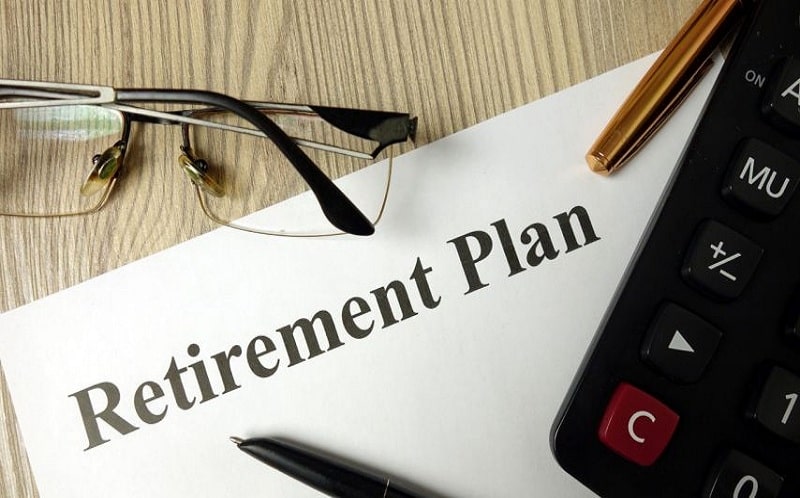Many people’s greatest and most common desire is to live a pleasant retirement. Ultimately, the amount of money you save for retirement will determine how comfortable you’ll be in retirement and whether or not your money will last.
Making the most of your retirement assets is critical if you want to build a nest egg that can withstand inflation, market volatility, and your unexpected long life. To maximize the value of your retirement investments, here are the 10 Simple Ways to Maximize Your Retirement Savings.
The first step is to get started immediately.
The best retirement investment advice is to begin investing as soon as possible. This means that the more time your funds have to accrue interest and dividends, the bigger your total return will be. No matter how tiny your initial investment is, it will have the potential to increase over time, even if you are unable to do so all at once. Even a little start might lead to big changes in the long run.
Two. Automate your contributions.
It’s not only a matter of reloading your bank accounts from time to time. Consistency is key to save enough money for a comfortable retirement. Donations can be automated as a way to make sure you’re always putting money into the cause.
The simplest kind of automation is having money taken out of your paycheck on a monthly basis. Set up an automated transfer or chat to your broker about a strategy for automatic investment if that’s not a possibility. If you do it this way, you won’t have to put much effort into getting ready for retirement.
As a third option, take advantage of your company match.
Yes, you work for a company that provides a match for its employees. As a result, you are entitled to free money that will be deposited in your retirement account. To get the maximum match from your employer, sign up to contribute at least the minimum amount required. This is all that is required of you. The amount will be deducted from your paycheck, and it will accumulate in a way that minimizes the impact of taxes on your finances. Save the cash instead of throwing it away.
The fourth step is to open an individual retirement account, either standard or Roth.
You may reach the 401(k) contribution ceiling set by your employer at some point. Individual retirement accounts may be a good option when this happens (IRA). Even if you don’t contribute the maximum amount to your employer’s 401(k) plan, you should still form an individual retirement account (IRA).
You may be able to take advantage of lower-cost investment options if you have an individual retirement account (IRA). You may also want to consider starting a Roth Individual Retirement Account (IRA) in order to maximize your tax-free profits in the future if your company doesn’t offer the option of a Roth 401(k). Rather than using pre-tax dollars to finance a Roth IRA, the funds are deposited using post-tax dollars.
Consult with a seasoned financial advisor to decide whether or not using a 401(k) and an IRA is beneficial for your business (k).
Keep track of all donations that have fallen between the cracks.
Individuals over the age of fifty can make additional contributions to a tax-advantaged retirement account. While it may seem like a small thing at first, the potential to contribute more money to your retirement accounts can have a big impact, especially as you near retirement. If you are over the age of 50 and have the opportunity to contribute additional money to your retirement account, you should do so as much as you can.
As part of your approach, take into account taxable investments.
Keep in mind taxable retirement accounts as you optimize your retirement funds.
As a starting point, if you’ve exhausted all of your tax-deferred savings options but are still looking for ways to expand your wealth, a taxable account may be a viable option.
Some investments may benefit from being held in an account that is taxed; this will depend on the individual’s situation. As an example, municipal bonds may be better held in a tax-deferred account rather than an individual retirement plan (IRA). It’s a good idea to have a conversation with a knowledgeable professional about your possibilities.
Determine when you intend to begin withdrawing money from your savings account.
In order to maximize your savings, it is important to learn how to save as much money as possible before you begin taking withdrawals from your accounts. Determine which accounts you want to roll over, which accounts you want to begin withdrawing money from initially, and how all of this relates with Social Security.
Conclusion
It is also important to be conscious that, due to improvements in health and longevity, there is a good chance that you will need to continue investing a portion of your wealth in growth possibilities even after you have reached retirement. Your cash can be easily accessible and your firm can grow if you employ the bucket strategy.















































